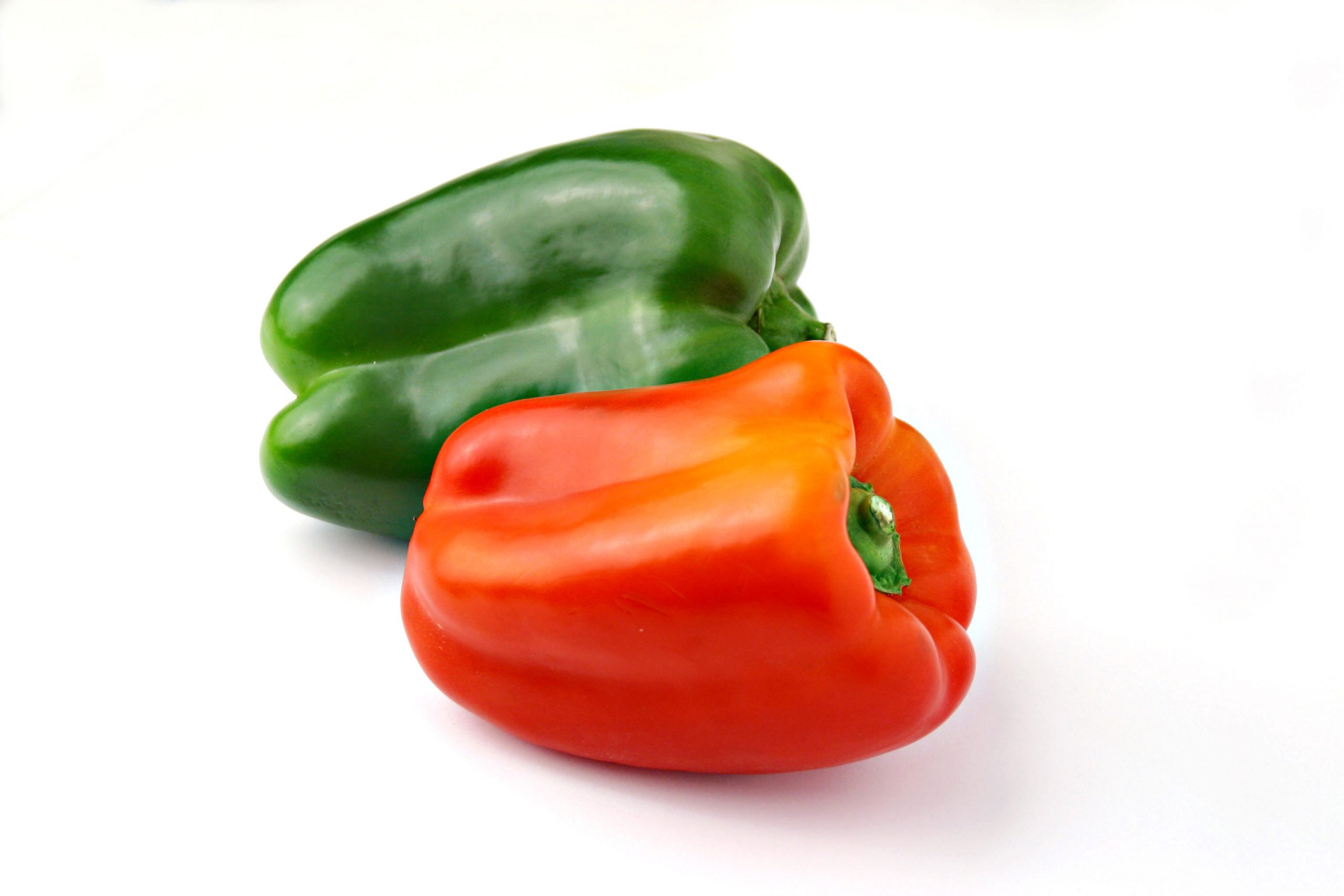US greenlights pepper imports from Ecuador

Fresh peppers from Ecuador may be imported into the United States effective November 23.
Under a final rule published by the US Animal and Plant Health Inspection Service (APHIS) on October 23, the peppers will have to have been produced in accordance with a systems approach.
“That includes requirements for fruit fly trapping, pre-harvest inspections, production sites, and packinghouse procedures designed to exclude quarantine pests. The fruit will also be required to be imported in commercial consignments and accompanied by a phytosanitary certificate issued by the national plant protection organisation of Ecuador stating that the consignment was produced and prepared for export in accordance with the requirements in the systems approach,” it said.
The rule applies to the following peppers:
- common bell pepper (Capsicum annuumL.),
- locoto pepper (Capsicum baccatum L.),
- habanero pepper (Capsicum chinense Jacq.),
- tabasco pepper (Capsicum frutescens L.), and
- manzano pepper (Capsicum pubescens Ruiz & Pav.).
According to the rule, fresh pepper yields in Ecuador expanded from about 12,522 pounds per hectare (pounds/ha) in 1996 to approximately 66,361 pounds/ha in 2006. APHIS estimates imports of no more than 10 containers (200 MT) of fresh peppers from Ecuador into the US annually.
“This quantity is equivalent to less than 0.02 percent of annual U.S. fresh pepper production. Similarly, the estimated quantity of fresh pepper imports from Ecuador (200 MT annually) is minimal compared to the total quantity of fresh peppers imported by the United States in recent years (800,000 MT annually).
“In the United States, the average value of bell pepper production per farm in 2012 was approximately $52,300, and the average value of chili pepper production per farm was approximately $20,700. Both levels are well below the small-entity standard of $750,000.”
